This month we provide an update on the Hôpital de la Miséricorde and analyze controversial plans by Hydro-Québec to integrate an electricity substation into the haunted site. The ghost-ridden Hôpital de la Miséricorde has been empty for years and is starting to crumble. Located on prime real estate in Downtown Montreal...
Welcome to the one hundred and fourteenth installment of the Haunted Montreal Blog!
With over 600 documented ghost stories, Montreal is easily the most haunted city in Canada, if not all of North America. Haunted Montreal dedicates itself to researching these paranormal tales, and the Haunted Montreal Blog unveils a newly researched Montreal ghost story on the 13th of every month!
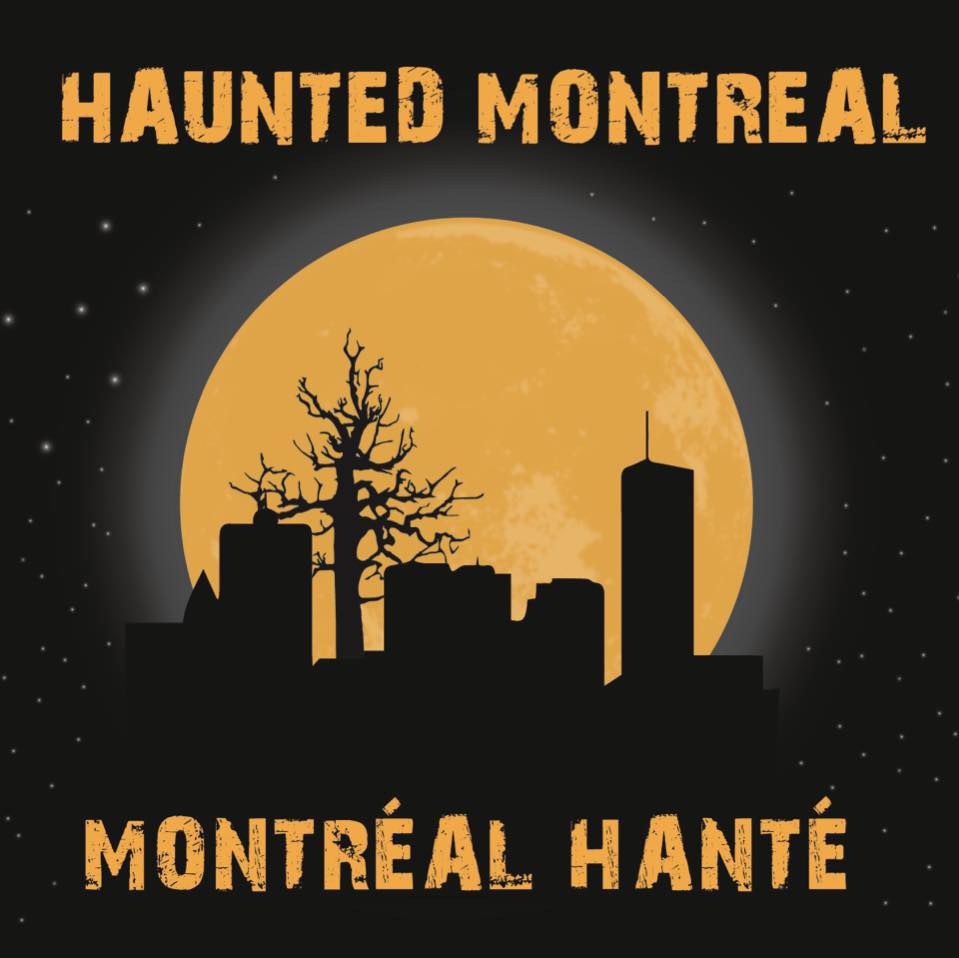
This service is free and you can sign up to our mailing list (top, right-hand corner for desktops and at the bottom for mobile devices) if you wish to receive it every month on the 13th! The blog is published in both English and French!
We are pleased to announce that our season of public outdoor ghost tours will be resuming in early April! Tickets are already on sale!
In the meantime, Haunted Montreal is running our Haunted Pub Crawl every Sunday at 3 pm in English. For tours in French, these happen on the last Sunday of every month at 2 pm.
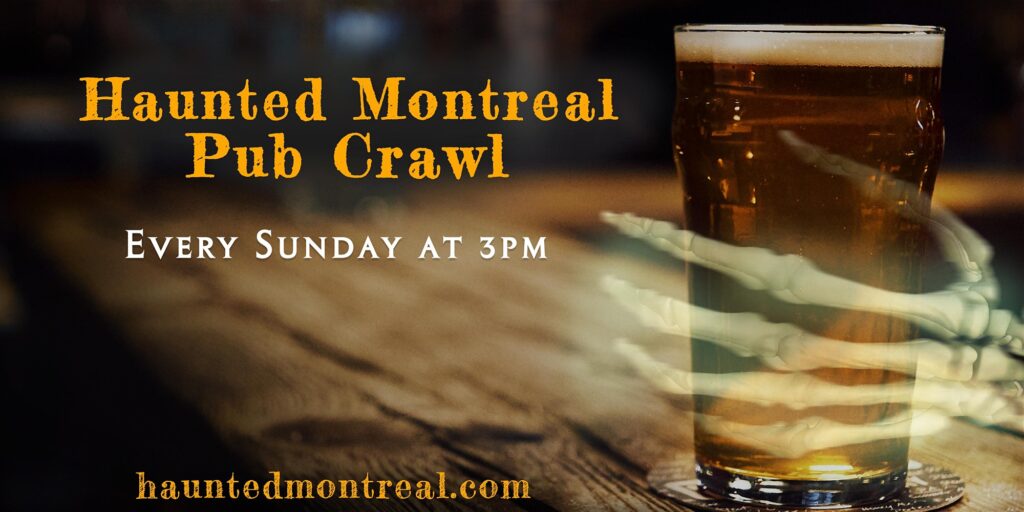
To learn more, see the schedule at the bottom of our home page and see more details in the Company News section below!
Private tours for all of our experiences (including outdoor tours) can be booked at any time based on the availability of our actors. Clients can request any date, time, language and operating tour. These tours start at $235 for small groups of up to 7 people.
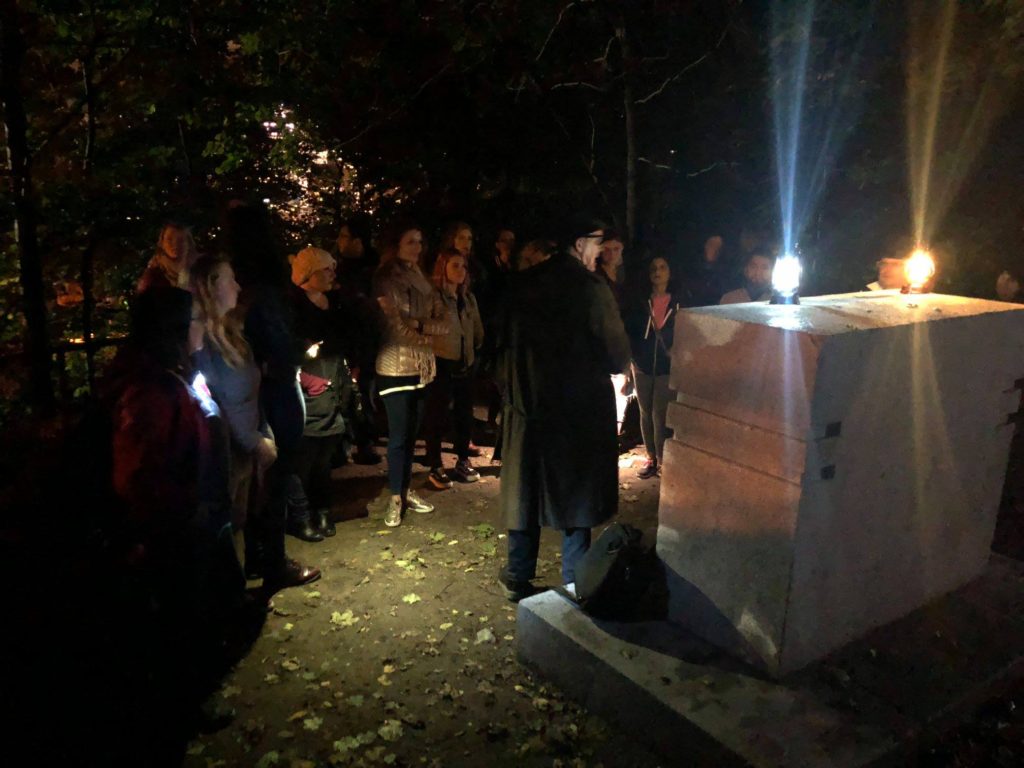
Email info@hauntedmontreal.com to book a private tour!
Lastly, we have an online store for those interested in Haunted Montreal merchandise. More details are below in our Company News section!
This month we look at the deranged history of the Saint-Jean-de-Dieu Insane Asylum and its many horrors and ghosts.
Haunted Research
There are few places in Montreal as haunted as the Saint-Jean-de-Dieu Insane Asylum. Established in 1873 by the Sisters of Providence, the mental hospital was designed to house “idiots,” “imbeciles,” and epileptics.
With a history of social exclusion, deadly fires and debilitating treatments, the Saint-Jean-de-Dieu Insane Asylum has been described as “one of the most evil places on the island”.
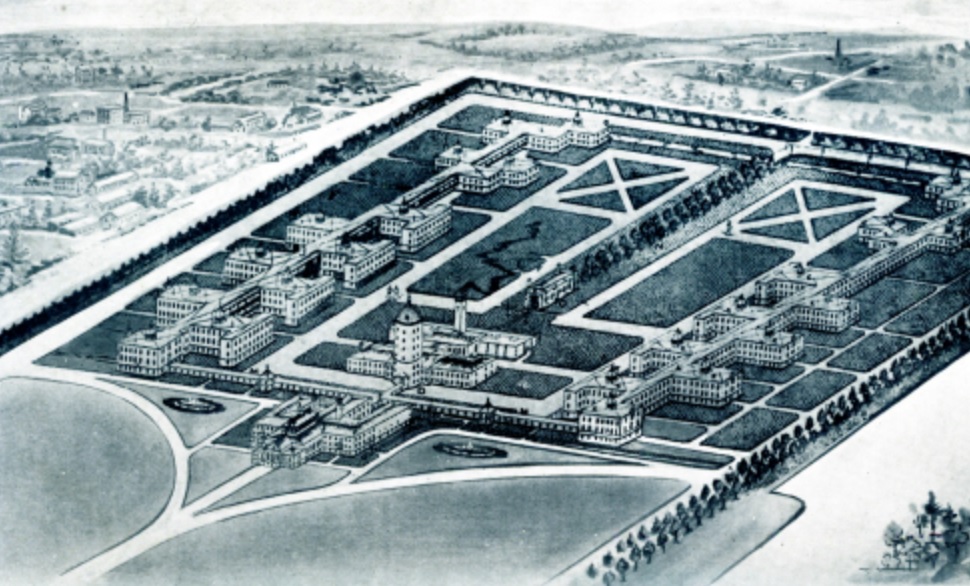
Today, the institution is still in operation, rebranded as the Institut universitaire en santé mentale de Montréal (Montreal University Institute of Mental Health). Not surprisingly, the hospital has many documented ghost stories and hauntings.
Given the large size of the hospital campus and its long and deranged history, this blog will only be able to scratch the surface of its many horrors. Indeed, many blogs could be written about the hauntings at this mental asylum!
The city’s first institution for the mentally ill was The Montreal Lunatic Asylum, which opened in 1839 and occupied a whole floor of the infamous Montreal Gaol. However, the cohabitation between mental patients and other criminals was not seen as ideal.
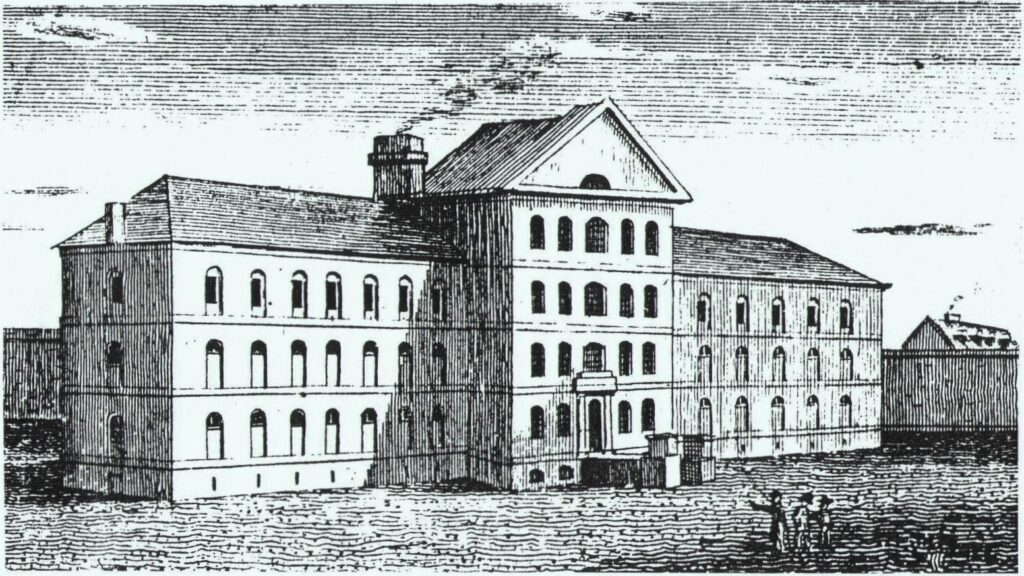
As such, a few years later, the provincial government began to subsidize the cost of private asylums to house mental patients. These included the Beauport Asylum (1845), the Saint-Ferdinand d’Halifax Asylum (1872), the Saint-Jean-de-Dieu Insane Asylum in Longue-Pointe (1873), and the Protestant Hospital in Verdun (1890).
Of these institutions, the Saint-Jean-de-Dieu Insane Asylum was the most controversial. It was also conceived as the largest mental institution in Canada at the time and was even given the status of a municipality called Gamelin.
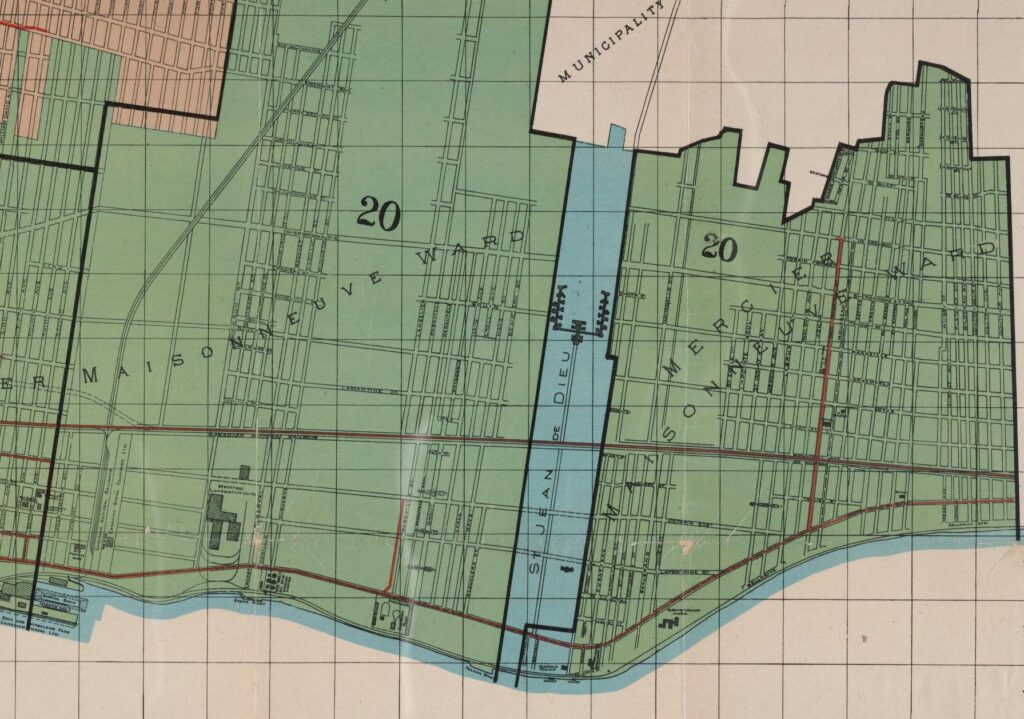
At its opening, the asylum was a huge complex. It contained seventy-nine private rooms, twenty-seven rooms, two infirmaries, twenty-three dining rooms, fifty-one bedrooms, one hundred and fifty cells, and one kitchen with two floors and five pantries.
Approximately 400 mental patients were housed there in its early years. With locked doors and bars on the windows, it was nearly impossible to escape.
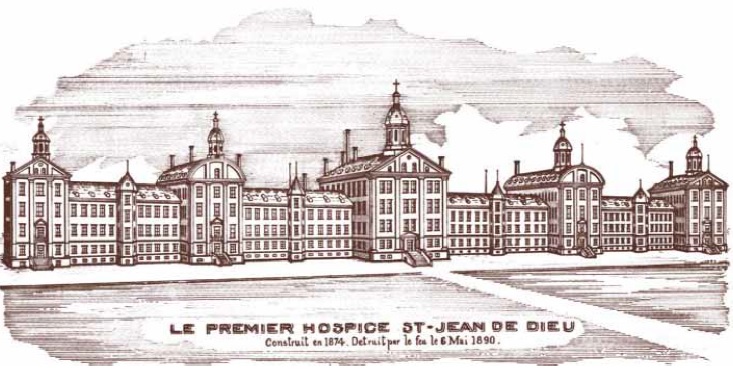
Due to the stigma and taboos of the era, the vast majority of the patients were “forgotten” by their families and thus rarely or never received visitors. This resulted in a lifetime of social isolation for patients and ultimately their deaths at the hospital.
Furthermore, the bodies of deceased patients usually went unclaimed. The law required the Sisters of Providence to hand over the cadavers within 24 hours to the provincial Inspector of Anatomy. Indeed, the mental hospitals provided the main source of human corpses for dissection at medical schools within Quebec.
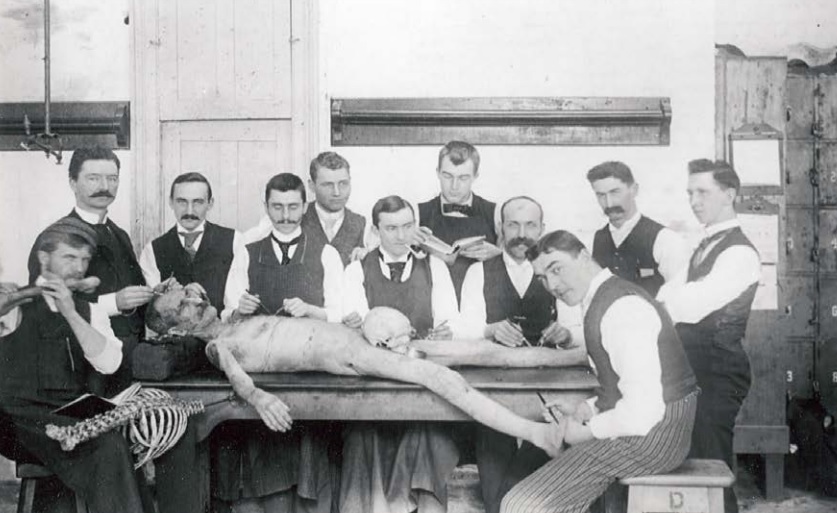
Saint-Jean-de-Dieu also suffered from serious overcrowding and struggled to meet the needs of its mental patients. Many were rarely seen by a doctor following incarceration. Just over 30% of patients released from the facility were considered cured, improved, or even stable.
By 1890, Saint-Jean-de-Dieu Hospital had grown to include 1297 patients along with sixty-seven sisters and a hundred nurses in the main building.
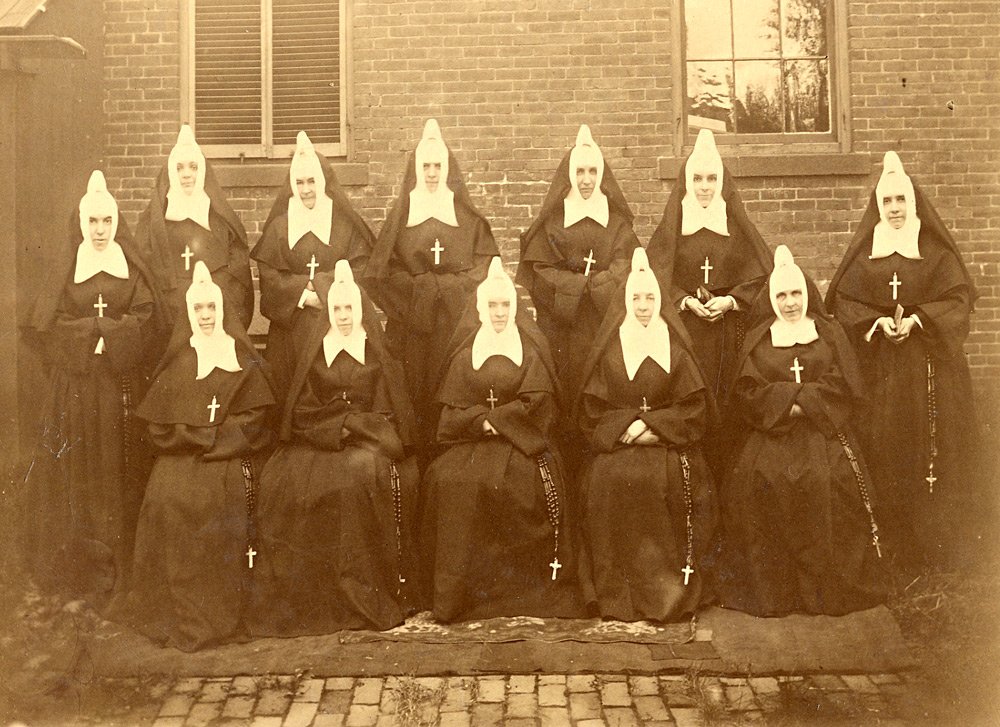
Unfortunately, a devastating fire broke out in the institution on May 6, 1890. The inferno raged for most of the day and destroyed the entire hospital.
In all, a total of 86 people burned alive, mostly female inmates.
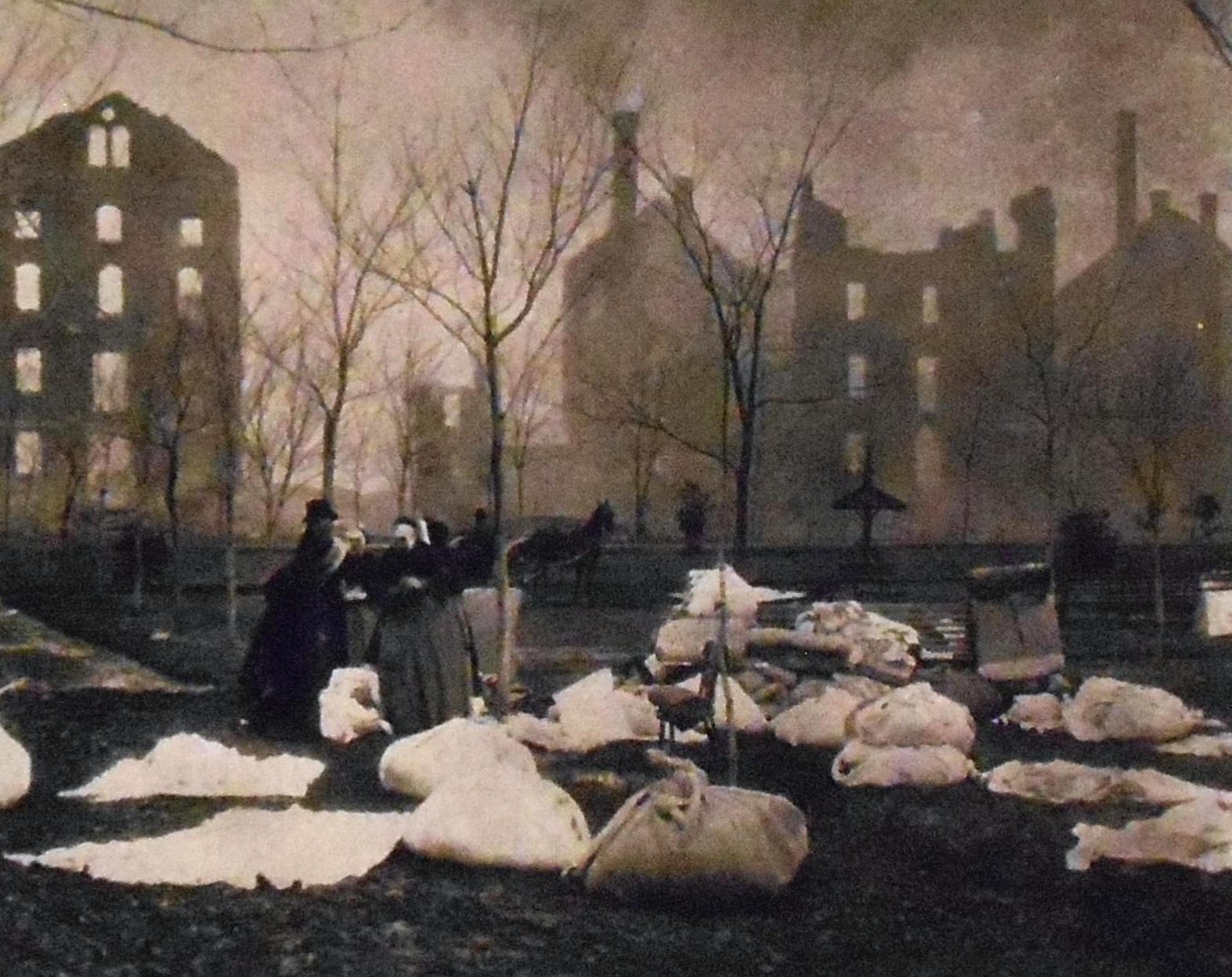
In its May 18th, 1890 edition, The Dominion Illustrated reported that “the sight that met the eyes of both sane and insane was a terrible one. There were still people in the burning central and adjoining sections of the building. Some of them could be seen as they stood clasping the iron bars of the windows in their hands and rending the air with demoniacal shouts and cries. Laughing, cursing, entreating and praying; singing coarse ribald songs, gazing vacantly at the excited multitude below them; making vain endeavours to wrest the heavy iron bars from the windows: careless and indifferent, eager and hopeful, they furnished a strange and vivid spectacle”.
It would take a full decade to rebuild the institution with an even larger design than the original. This included a train line that connected the hospital to the rail network.
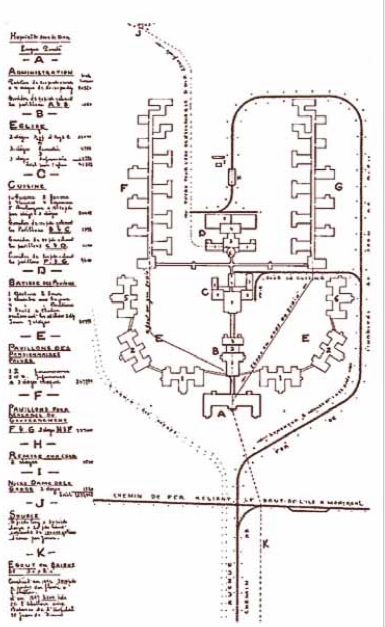
In June, 1898, the hospital acquired a passenger rail car and two cars for merchandise and the system was launched.
The new design also included a system of indoor trolleys that rolled on tracks through large hallways and connected the various pavilions of the hospital.
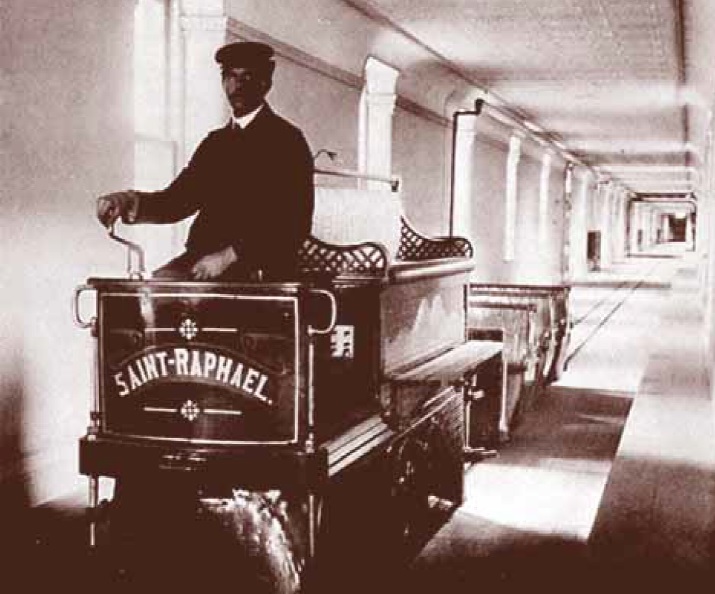
Unfortunately, another deadly fire broke out on Saturday, November 9, 1935, in one of the wings at the Saint-Jean-de-Dieu Insane Asylum.
According to the November 11, 1935 issue of Reading Eagle:
“Hospital officials said the cause of the conflagration probably would never be discovered. Firemen expressed the theory a pyromaniac inmate was responsible, but conceded that they faced an almost hopeless task in confirming this theory.”
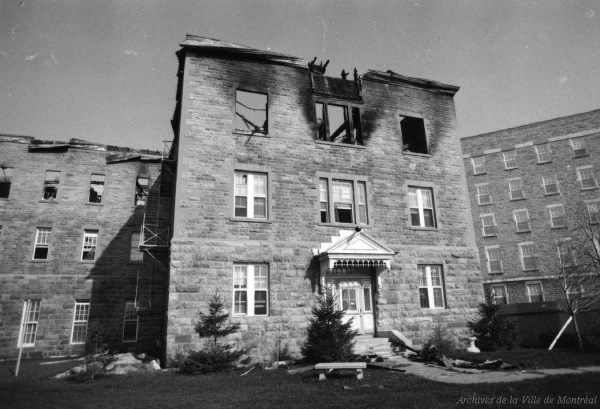
The column continued:
“Four violently insane inmates were burned to death after the fire broke out late Saturday night when they eluded their guards and crept back to their cells in the blazing building. Another inmate died from heart disease.”
Allegedly, the nuns in that case attempted to avoid an investigation on the basis that the hospital formed a separate municipality. Indeed, Gamelin had its own police and firefighters, even though there were no permanent residents apart from the incarcerated mental patients.
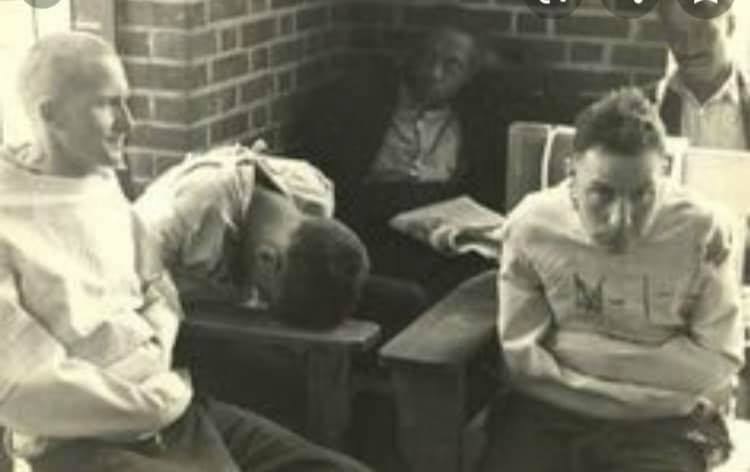
As the years passed, the hospital would continue to experience more problems, many of them extremely deranged, shocking and almost unbelievable. With technological advances, electroshock therapy was invented in Italy in 1938 and quickly spread to other mental institutions.
Saint-Jean-de-Dieu began administering electroshock therapy on its patients, in addition to other questionable techniques such as drilling holes through skulls and lobotomies.
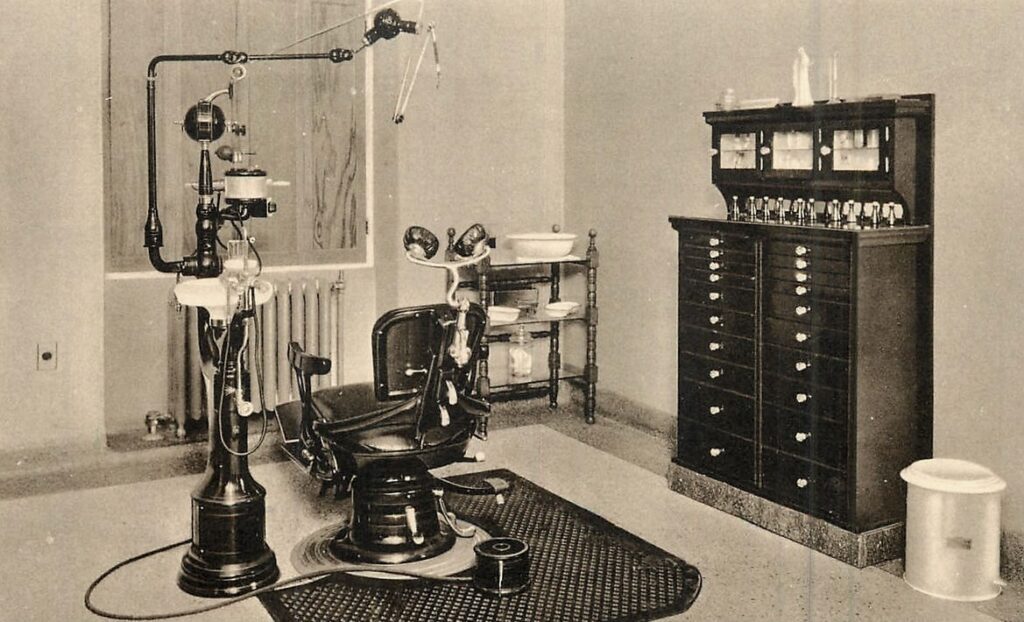
The period from the 1930s to the 1960s witnessed increased psychological experimentation and abuse at mental institutions across the globe. Some of the worst examples occurred in Montreal, such as the CIA-funded brainwashing experiments including MKULTRA at the Allan Memorial Institute.
Other sketchy psychological “experiments” of the era were more based on social issues and Saint-Jean-de-Dieu Insane Asylum was known to house many of the so-called “Duplessis Orphans”.

From 1935 to 1964, thousands of orphaned children were abandoned or entrusted to the State by a parent or other members of their family. These orphans were raised in facilities like nurseries, orphanages or psychiatric hospitals run by Catholic congregations.
They were called “Duplessis Orphans” because the Premier of Quebec at the time, Maurie Duplessis, reclassified the children as “mental patients” and sent them to psychiatric asylums solely to receive a per child subsidy from the Federal Government.

The results were horrific when perfectly healthy children were locked up and treated as though they were mentally deranged.
In the June, 2006 edition of Freedom Magazine an article appeared entitled “The Child Protection Racket”. It highlighted the experience of Joseph Martin, who was 5 1/2 years old in 1938 when his parents placed him in Montreal’s Buisonnet Institute. He was then transferred to Saint-Jean-de-Dieu, where he remained until 1956.
Upon arrival, Martin and other children were stripped of personal belongings, including “jewelry, clothing, pictures of cherished relatives, money and identification”.
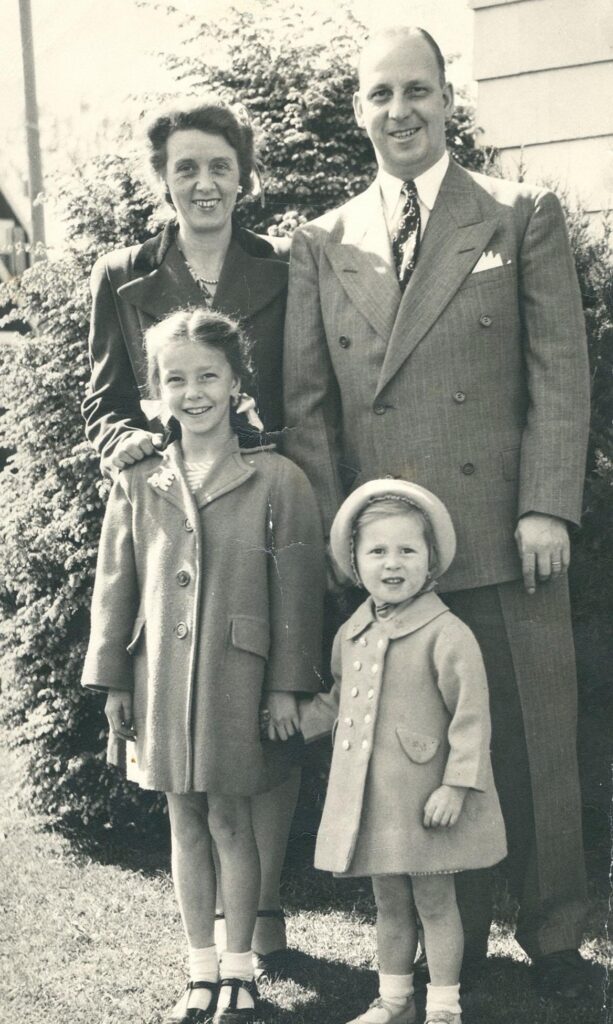
Martin recalled that in 1941 he witnessed a 10-year-old boy beaten to death by two guards. In the article, he claimed that many of the guards were criminals and some allegedly sodomized the younger inmates.
Furthermore, Martin also claimed that children were being used for medical experiments and organ harvesting. The article stated:
“For years, according to Martin, three children each week were victims of operations during which vital organs such as hearts, lungs, kidneys and livers were cut out and sold in the United States. A gray-and-black refrigerated vehicle transported the organs.”

Martin said that the mutilated remains were tossed into cardboard boxes and then either burned in a huge trash incinerator or buried in the nearby “Pigsty Cemetery”.
Supposedly, the burial ground got its unofficial name “Pigsty” because the nuns tended to pigs and other farm animals in the area. However, other theories are more harrowing. According to The February 7, 2024 edition of Mohawk Nation News, the cemetery was called the “Pigsty” because “dead native and non-native children were allegedly fed to pigs”.
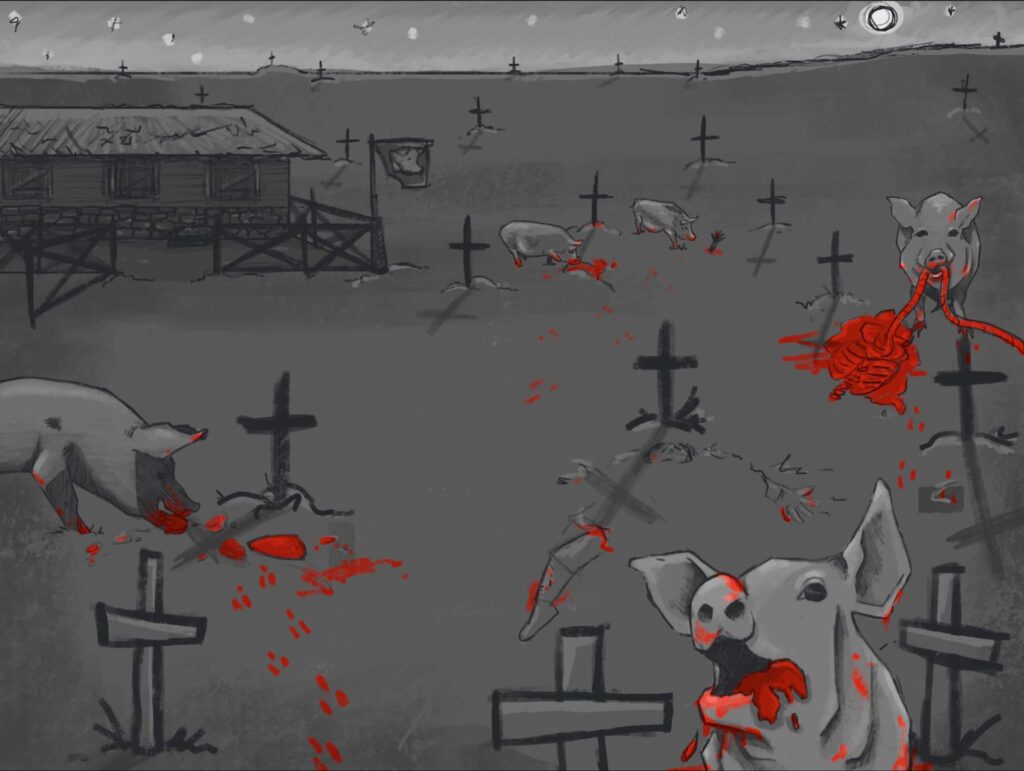
Over 2000 bodies were buried in the “Pigsty Cemetery” before it was closed in 1958 and then excavated during 1967 to rebury the remains elsewhere.
However, workers did not manage to remove them all and many more bones were found in 1975 during the construction of a SAQ warehouse to store alcoholic beverages. Even more human remains were found on site in 1999 during expansion work on the warehouse’s parking lot.

With all of the twisted scandals, authorities rebranded the hospital on two occasions. In 1975, the Saint-Jean-de-Dieu Insane Asylum took the name of Louis-Hippolyte-Lafontaine Hospital. In 2013, it was rebranded as the Institut universitaire en santé mentale de Montréal.
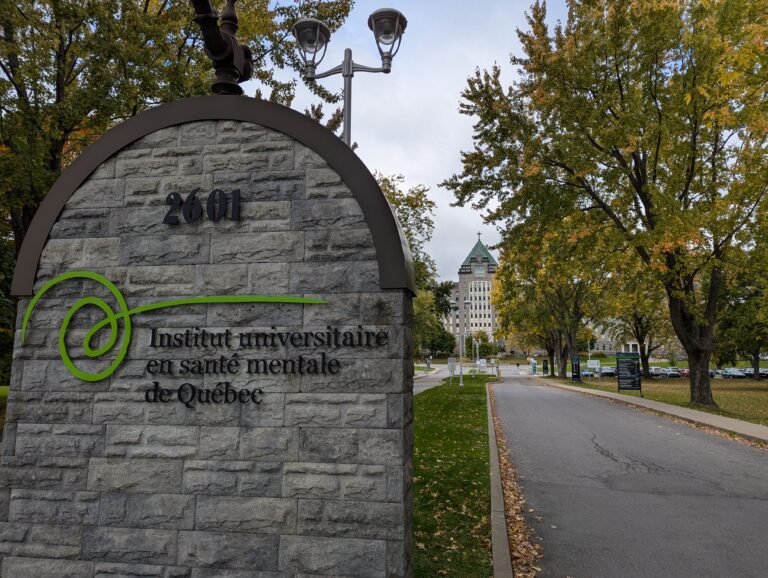
In 2019, graduate student Kassandra Spooner-Lockyer presented her thesis entitled “Evanescent Lives: Archival Dissolution in a Montreal Psychiatric Hospital” as part of a Master of Arts degree in Anthropology at Concordia University. It is noteworthy that the author is an expert in Hauntology, or “a range of ideas referring to the return or persistence of elements from the social or cultural past, as in the manner of a ghost”.
Spooner-Lockyer’s haunting thesis examines the medical files of women suffering from neurosyphilis at the Saint-Jean-de-Dieu psychiatric hospital at the beginning of the 20th century. She argues that both history and the hospital functioned differently for these women, as their lives, bodies, relations of care, and narratives were left to dissolve into dust.
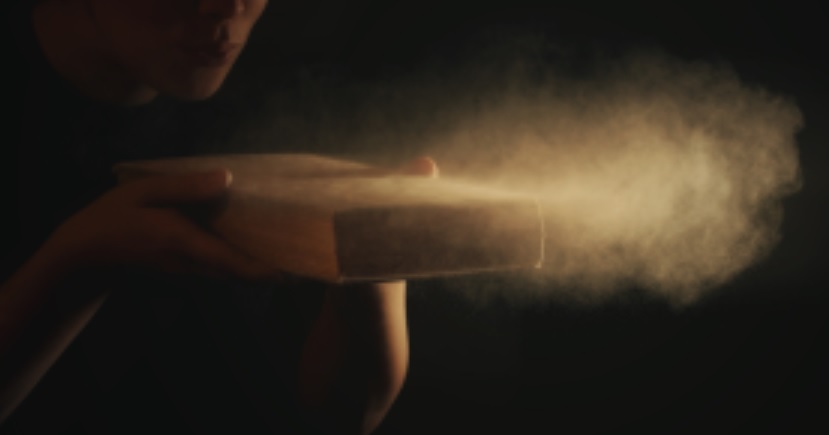
She also reveals some creepy stories from incarcerated patients. For example, one patient complained to doctors about seeing the dead at her door during the night. Her personal ghost story was labelled as “hallucinations” by medical staff.
Another woman who was admitted in 1920 was asked by doctors if she heard voices. She said: “Yes, since I was last enclosed behind an iron door without a lock, they changed my feet to those of a beast and lengthened my hands”. She was diagnosed with “degenerative insanity” and died two years later, aged 55 years old.
Perhaps the most well-known haunted location at the hospital is the “Tower of Monsters”.
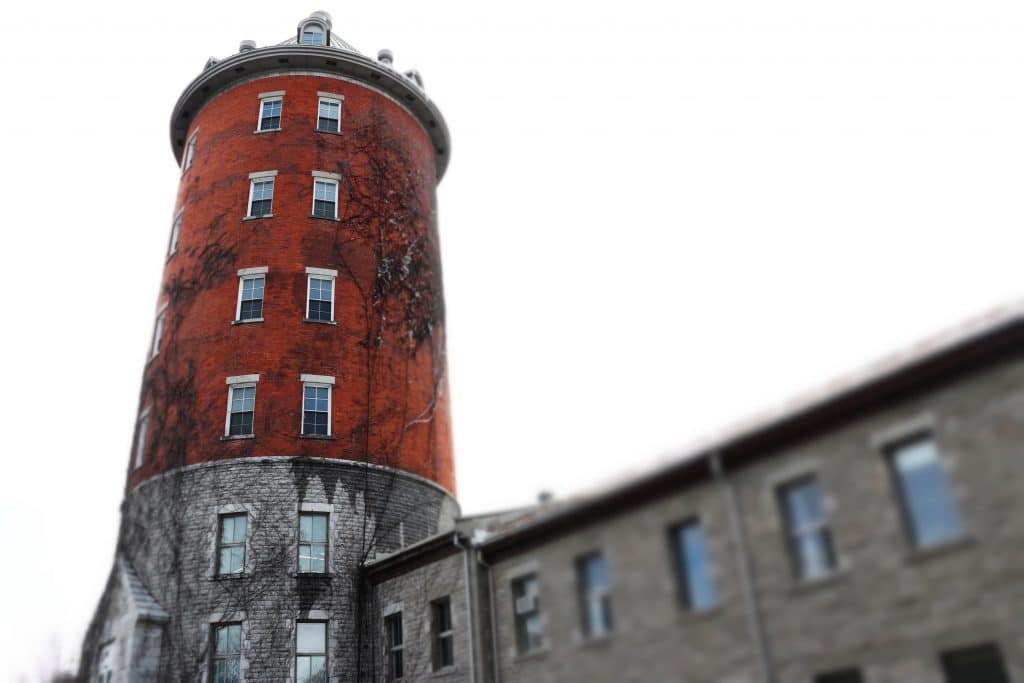
In 2019, the health authority overseeing the hospital, the Centre intégré universitaire de santé et de services sociaux de l’Est-de-l’Île-de-Montréal, described the haunted tower on their website.
Headlined as “We Call it the Tower of Monsters”, Marieve Paradis wrote:
“It was never named, unlike all the other buildings of the Institut universitaire en santé mentale de Montréal. This red brick tower has long stimulated the imagination of the local population. In the 1960s, the grounds of Saint-Jean-de-Dieu, an autonomous city that included the hospital, were full of fruit trees. And the children of the neighbourhood loved to exchange chestnuts.”

She continued:
“So, you had to be brave to venture near the Tower of Monsters to go and get chestnuts. When they returned outside the hospital fences, the children would tell what they had seen – shadows of deformed heads and crazy prisoners tied up or locked in cages. They had fertile imaginations!”
In July, 2020, Radio-Canada sent journalist Vincent Maisonneuve to the tower to try and unravel its mysteries. Again, there were many cases of children reporting paranormal activity coming from the tower, such as shadowy figures and disembodied screams. As usual, these ghost sightings were dismissed as wild imaginations by the officials.
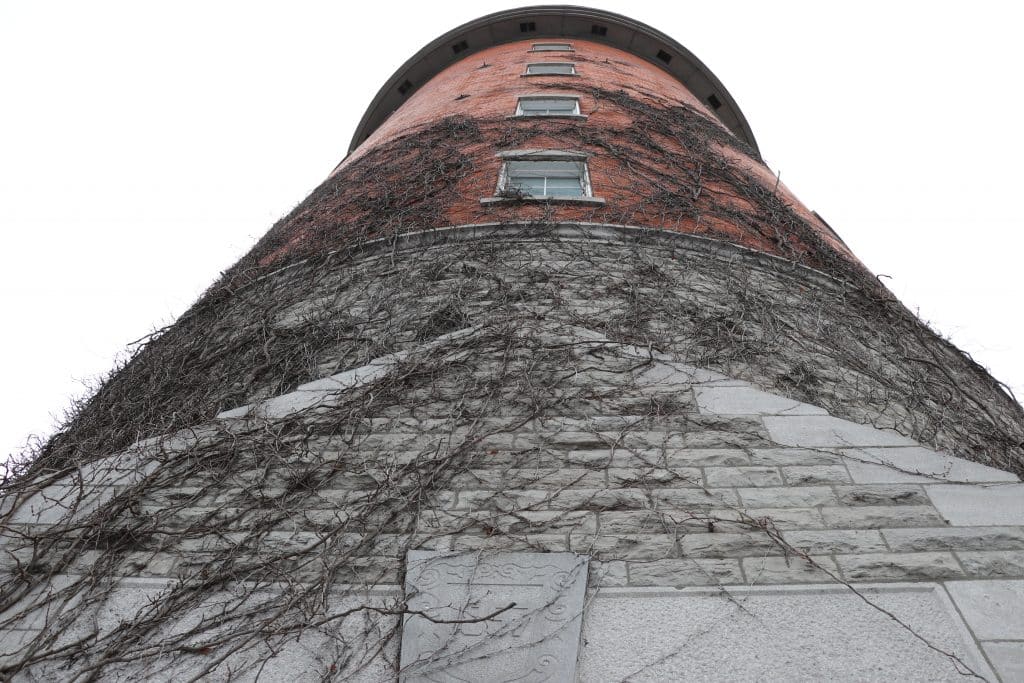
Given all of the deranged stories, perhaps it is not surprising that local journalist Kristian Gravenor described the hospital in his Coolopolis Blog as “one of the most evil places on the island”.
However, there is one silver lining that resulted from this dark and deranged story.
On August 15, 1961 Éditions du Jour published the groundbreaking book Les fous crient au secours by Jean-Charles Pagé.
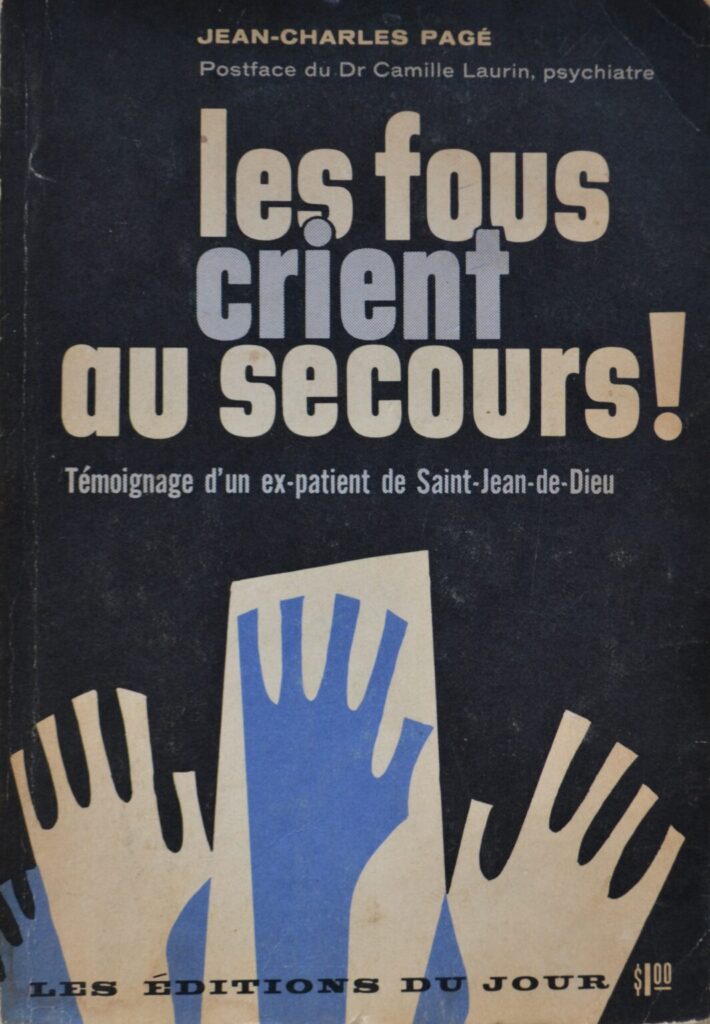
The book, translated into English as “The Insane Cry for Help”, contains the testimony of Pagé, who was admitted against his will to the psychiatric asylum. He described his quest to be released.
Pagé focussed on the deranged treatments and sub-par living conditions in the asylum at the time, which he compared to a prison. He described the poor living conditions, the use of electroshocks, straitjackets, isolation and the use of pharmacopoeia to numb rebellious thoughts and behaviour.
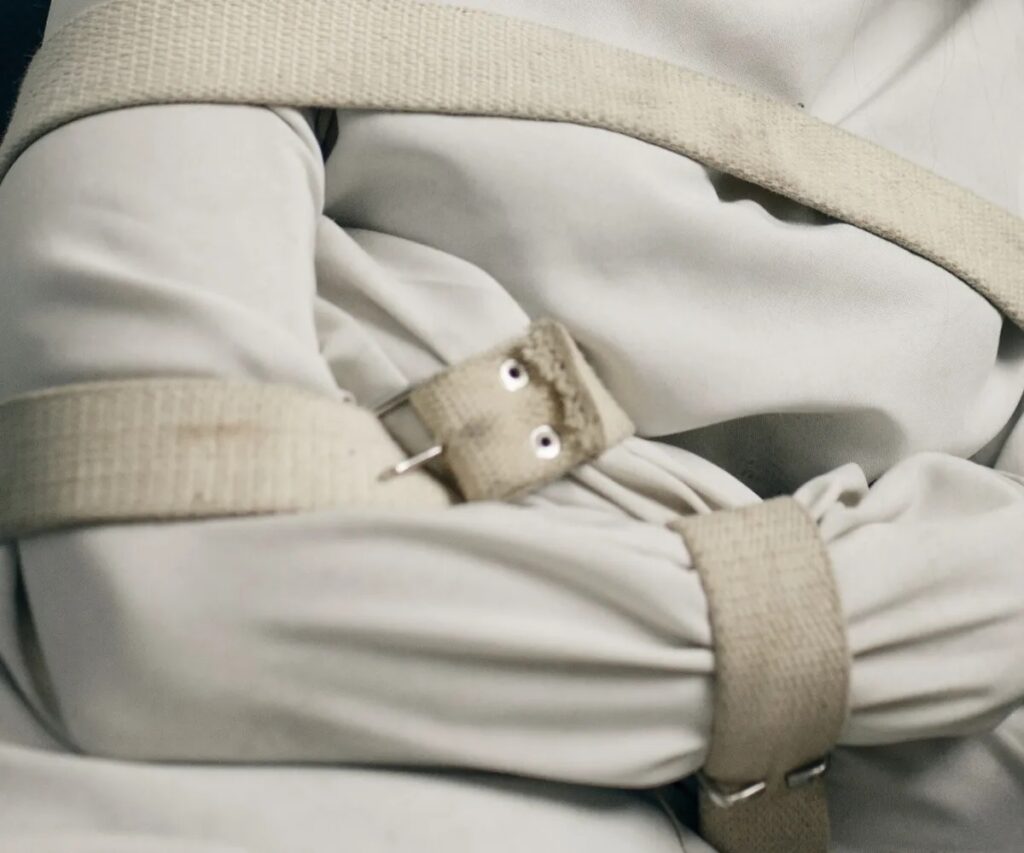
The book caused a public outcry upon its release and a vast media campaign was launched to modernize psychiatric care in Quebec. In response, the government commissioned the Bédard Report, which proposed the declericalization of psychiatric health care and the deinstitutionalization of patients.
The report was a major milestone in the evolution of mental health treatment in Quebec. It resulted in the vast majority of patients being released from psychiatric hospitals into the community, with treatment still available on an outpatient basis by medical professionals.

In conclusion, there is no denying that the Saint-Jean-de-Dieu Insane Asylum (and its subsequent rebrandings) suffer from an extremely deranged and oppressive history. With its many ghosts and haunted history, it is no wonder why some people think it is an extremely evil place.
Company News
We are pleased to announce that our season of public outdoor ghost tours will be resuming in early April! Tickets are already on sale!
Before we launch our season, we are offering the Irish Famine in Montreal Walking Tour (in English) on Saturday, March 15!

Learn about Black ’47, the year 75,000 Irish refugees fleeing the Famine landed on Montreal’s wharves. The tour visits key sites associated with this tragedy, such as the locations of fever sheds, burial grounds and hospitals, providing in-depth history about the Irish Famine’s impact on Montreal in 1847.
Led by Donovan King, the Irish Famine in Montreal Walking Tour also features Augmented Reality to resurrect Saint Ann’s Church, the heart of the Irish Famine community in Griffintown!
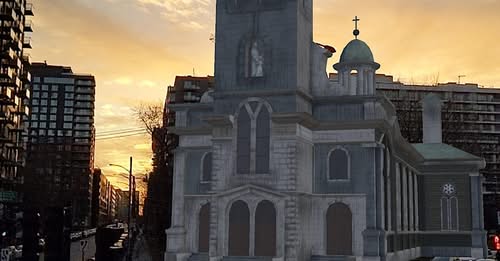
In the meantime, Haunted Montreal is running our Haunted Pub Crawl every Sunday at 3 pm in English. For tours in French, these happen on the last Sunday of every month at 2 pm.
To learn more, see the schedule at the bottom of our home page!
Private tours for any of our experiences (including outdoor tours) can be booked at any time based on the availability of our actors.
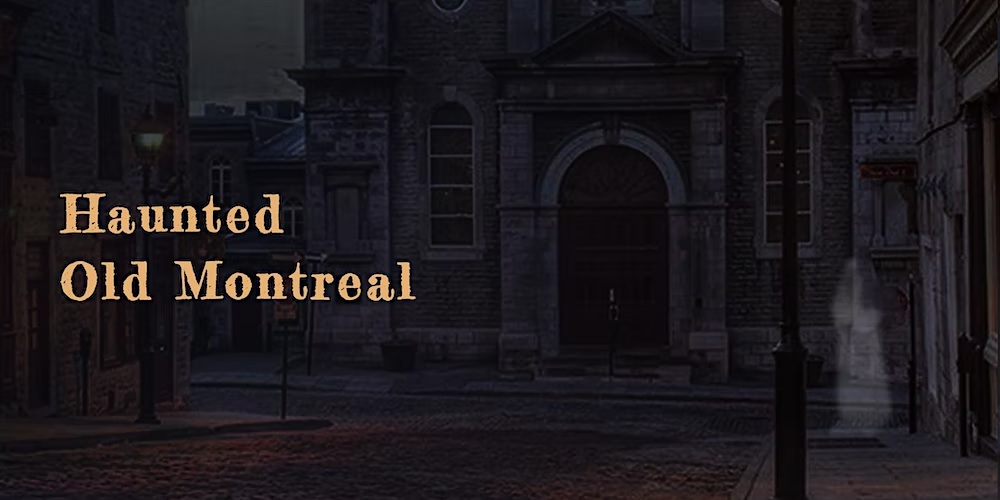
Clients can request any date, time, language and operating tour. These tours are based on the availability of our actors and start at $235 for small groups of up to 7 people.
Email info@hauntedmontreal.com to book a private tour!
You can also bring the Haunted Montreal experience to your office party, house, school or event by booking one of our Travelling Ghost Storytellers today.

Hear some of the spookiest tales from our tours and our blog told by a professional actor and storyteller. You provide the venue, we provide the stories and storyteller. Find out more and then contact info@hauntedmontreal.com
Our team also releases videos every second Saturday, in both languages, of ghost stories from the Haunted Montreal Blog. Hosted by Holly Rhiannon (in English) and Dr. Mab (in French), this initiative is sure to please ghost story fans!

Please like, subscribe and hit the bell!
In other news, if you want to send someone a haunted experience as a gift, you certainly can!
We are offering Haunted Montreal Gift Certificates through our website and redeemable via Eventbrite for any of our in-person or virtual events (no expiration date).
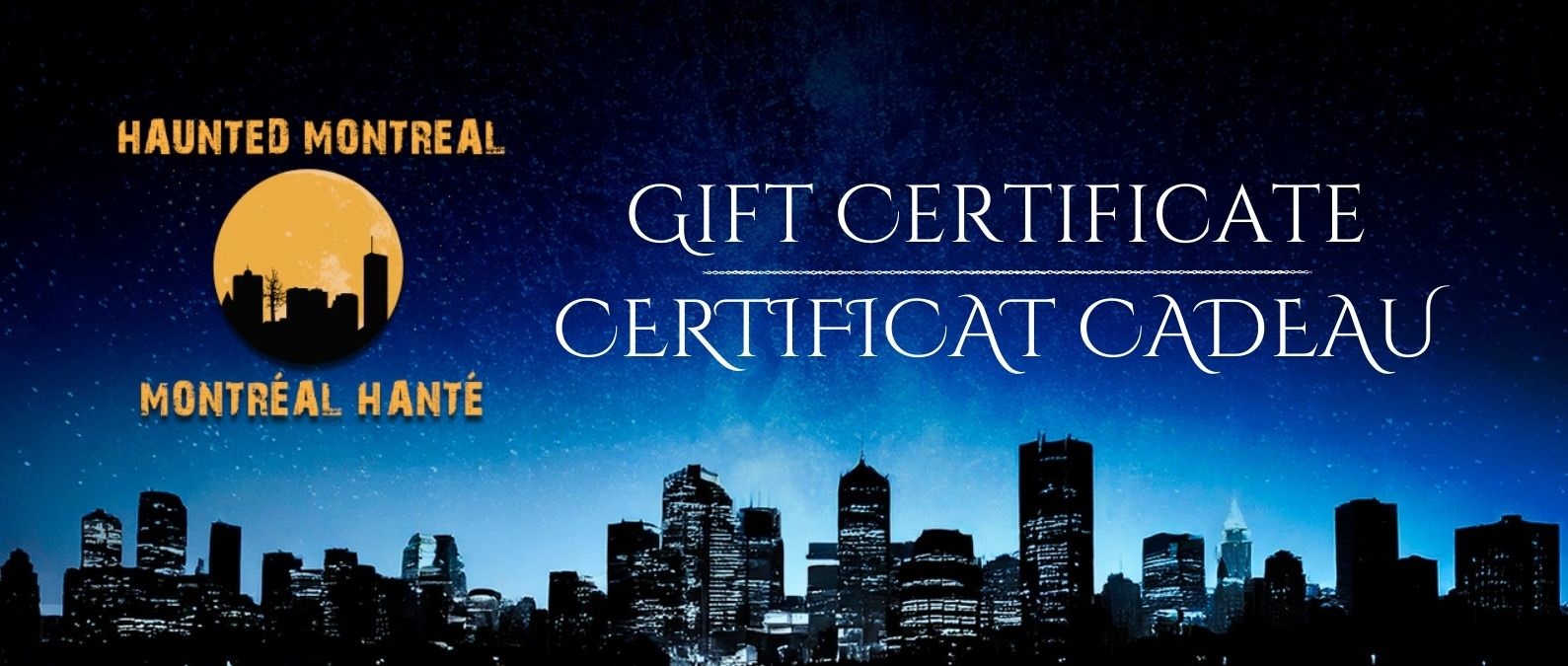
Finally, we have an online store for those interested in Haunted Montreal merchandise. We are selling t-shirts, magnets, sweatshirts (for those haunted fall and winter nights) and mugs with both the Haunted Montreal logo and our tour imagery.
Purchases can be ordered through our online store: shop.hauntedmontreal.com
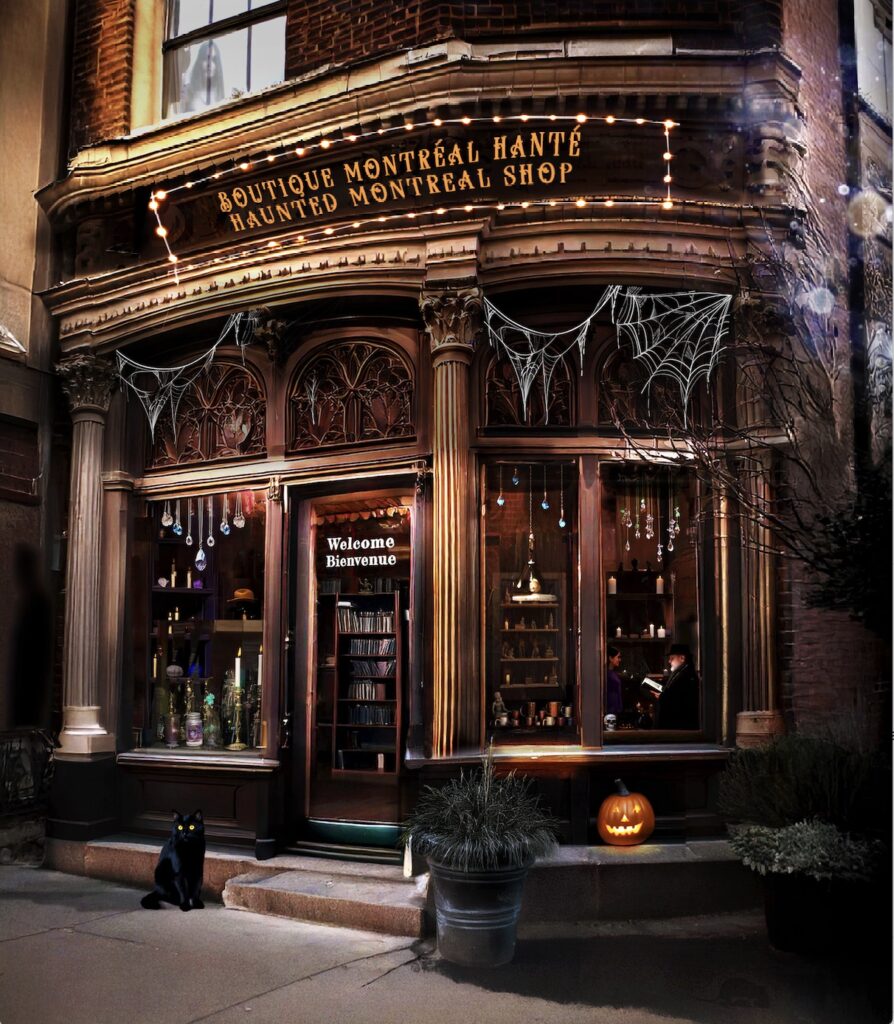
Haunted Montreal has temporarily altered its blog experience due to a commitment on a big writing project!
We are also pleased to unveil it this month! The book is titled Haunted McGill, and is authored by yours truly, Donovan King! Our publisher is The Stygian Society.

McGill University isn’t just known for its academic prestige – it’s also home to some of Montreal’s most fascinating ghost stories. Our upcoming publication, Haunted McGill, digs into the campus’s eerie legends and real-life hauntings, taking you to key landmarks like the Roddick Gates, and the Arts Building, rumored to house lingering spirits.
We also explore unsettling connections, including McGill’s involvement in the development of controversial brainwashing techniques in the ghostly halls of the Allan Memorial Hospital.
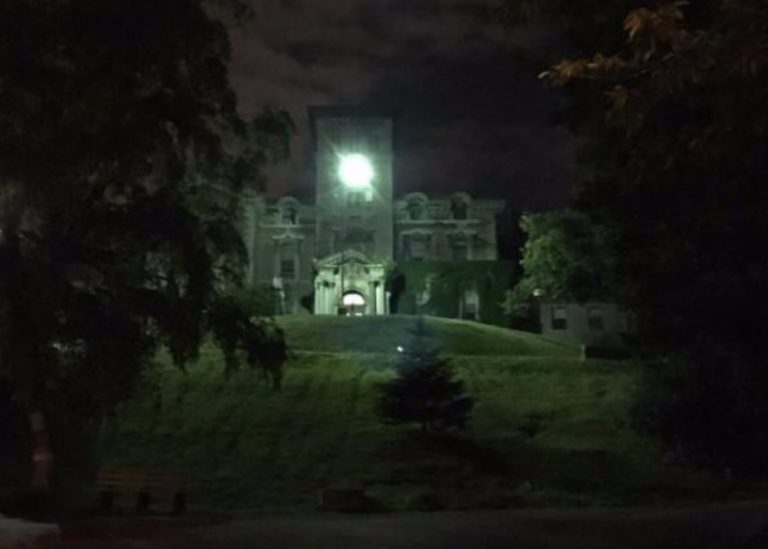
With a detailed self-guided tour map, this book allows you to experience McGill’s spooky past from the comfort of your own home – and then head out with friends to uncover the campus’s hidden secrets for yourself.
This is a one-of-a-kind adventure you won’t find anywhere else; an invitation to explore McGill’s dark history and mysterious landmarks like never before.
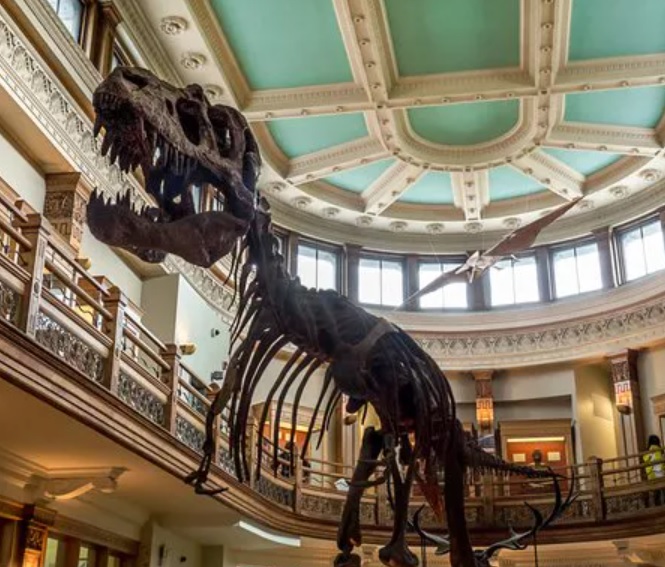
Whether you’re a history lover, ghost enthusiast, or simply looking for a fun outing, this book offers a perfect mix of the paranormal and the historical.
We’re crowdfunding through The Stygian Society’s Scriptorium, with the first 25 backers receiving an exclusive 1st edition copy, beautiful art prints, and other spooky treasures. Help us reach our goal by July and secure your piece of Montreal’s haunted history. Don’t miss out – back us today and make history a little spookier!
Until publication, new stories at the Haunted Montreal Blog will be offered every two months, whereas every other month will feature an update to an old story. As always, these stories and updates will be released on the 13th of every month!

Haunted Montreal would like to thank all our clients who attended a ghost walk, haunted pub crawl, paranormal investigation or virtual event!
If you enjoyed the experience, we encourage you to write a review on our Tripadvisor page and/or on Google Reviews – something that really helps Haunted Montreal to market its tours.

Lastly, if you would like to receive the Haunted Montreal Blog on the 13th of every month, please sign up to our mailing list.
Coming Up On March 13: Update on St. John the Evangelist Church
Montreal’s famous Red Roof Church, or St. John the Evangelist, could be permanently shuttered. The church enjoys a prime location in the heart of the Quartier des Spectacles and a reputation of being haunted by its founder, Reverend Edmund Wood. The Reverend’s ghost is known to be friendly, leaving warm feelings among those who encounter him. However, due to urgent repair work that the congregation can ill afford, in 2023 officials debated putting the historic church up for sale after relocating Saint Michael’s Mission a year earlier. There are now concerns that if the church is shuttered, the ghost of Edmund Wood might start haunting other locations in the Quartier des Spectacles.

Author:
Donovan King is a postcolonial historian, teacher, tour guide and professional actor. As the founder of Haunted Montreal, he combines his skills to create the best possible Montreal ghost stories, in both writing and theatrical performance. King holds a DEC (Professional Theatre Acting, John Abbott College), BFA (Drama-in-Education, Concordia), B.Ed (History and English Teaching, McGill), MFA (Theatre Studies, University of Calgary) and ACS (Montreal Tourist Guide, Institut de tourisme et d’hôtellerie du Québec). He is also a certified Montreal Destination Specialist.
Translator (into French):
Claude Chevalot holds a master’s degree in applied linguistics from McGill University. She is a writer, editor and translator. For more than 15 years, she has devoted herself almost exclusively to literary translation and to the translation of texts on current and contemporary art.

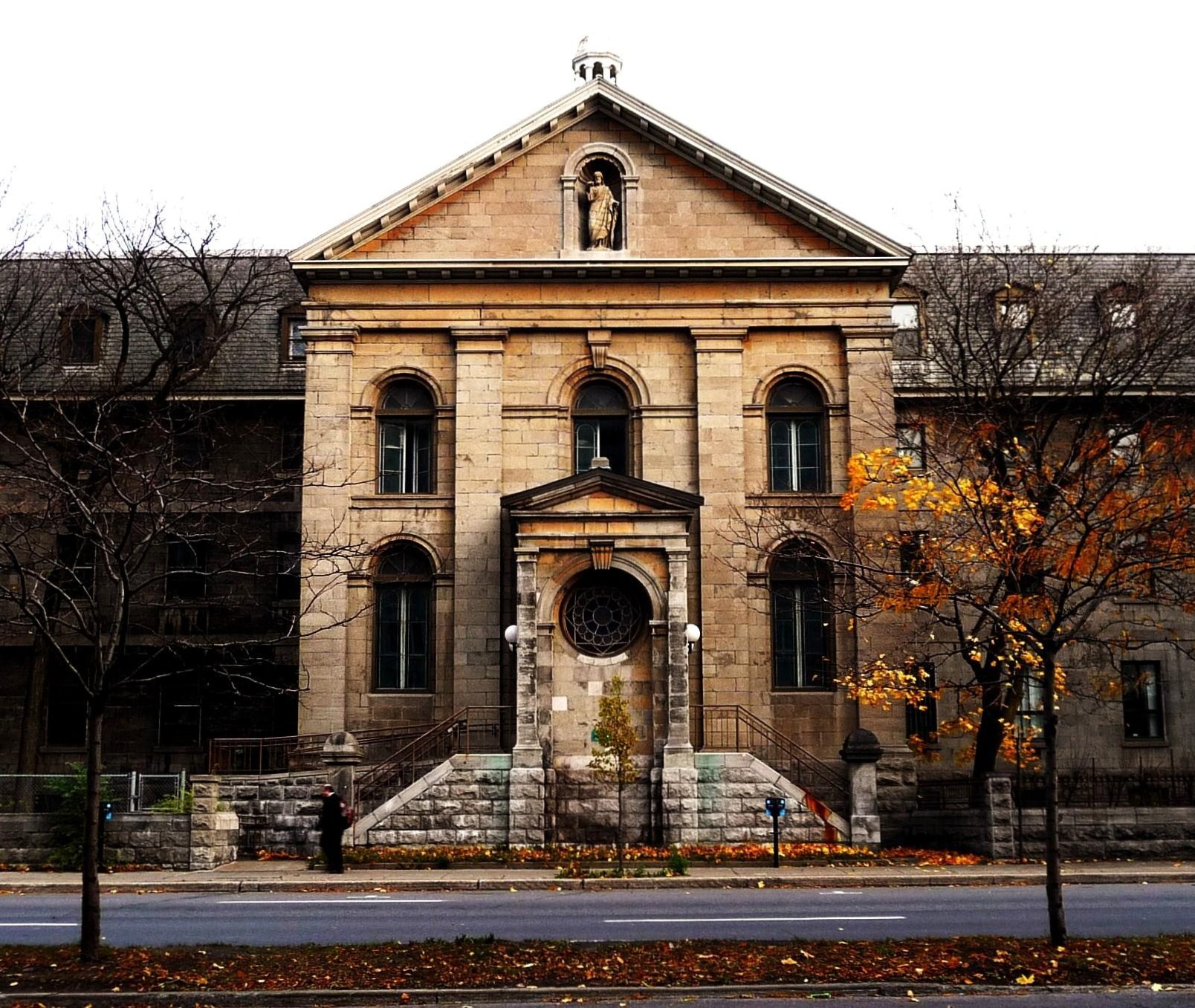


One of the most brilliant and interesting 13 th blogs ever written.
Also the picture of the ” BEER GLASS with the SKELETON HAND” would make an outstanding print for a Ghost TOUR Sweat Shirt and I would most certainly purchase one.